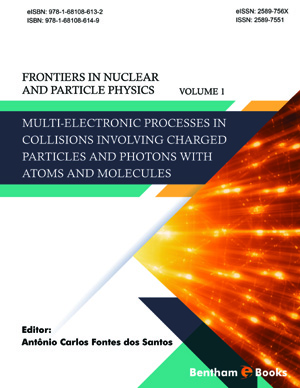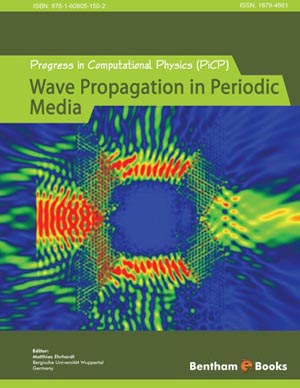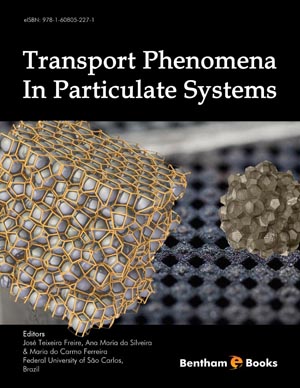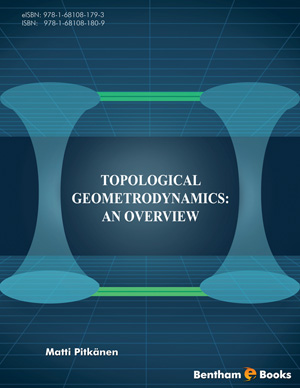Abstract
Most of the knowledge of the atomic nucleus was obtained from experimental data involving stable nuclei or nuclei in the vicinity of the stability line. Since the 1980s, several intermediate energy laboratories in the world started to produce nuclei out of the stability line, Rare Ion Beams (RIB). Many new interesting phenomena related to these nuclei have been discovered so far. Light nuclei far away from the stability line such as 6,8He, 11Be, 11Li, 22C, 24O and others have been produced in laboratory. Some of these nuclei present a pronounced cluster structure formed by a core plus one or more loosely bound neutrons forming a kind of low density nuclear matter around the core (nuclear halo). Most of the research involving RIB was developed at intermediate energies, from 30 up to hundreds of MeV/nucleon, and more recently, some facilities are producing secondary beams to perform scattering experiments at energies around the Coulomb barrier. Heavy ion elastic scattering angular distributions at incident energies close to the Coulomb barrier, when plotted as a ratio to the Rutherford cross section, frequently exhibit a typical Fresnel type diffraction pattern, with oscillations around σ/σRuth ≅ 1 in the forward angle region, followed by a strong peak and a subsequent fall of the ratio σ/σRuth at backward angles. This behaviour is a consequence of the interference between the Coulomb and nuclear scattering amplitudes. Due to the low binding energies of exotic projectiles, the coupling between the elastic channel and the breakup states of the projectile is very important and strongly affects the elastic angular distributions, with a damping of the Fresnel oscillations and the complete disappearance of the Fresnel peak in some cases. To describe the effect of the breakup of the projectile in the elastic scattering, new theoretical approaches have been developed. We present 6He + 58Ni elastic scattering angular distributions measured at three energies a little above the Coulomb barrier. The angular distributions have been analyzed by Continuum-Discretized Coupled-Channels calculations to take into account the effect of the 6He breakup on the elastic scattering.Two different approaches were used to describe the structure of the projectile. One considering the 6He as a three-body system consisting of an alpha particle and 2 neutrons which, in addition to the target, form a four-body problem. To compare, in a second approach, the projectile is described as a two-body cluster formed by an alpha particle plus a di-neutron. A new kind of effect due to the projectile breakup in the elastic scattering angular distributions has been reported.
Keywords: Nuclei, Nuclides, Oscillations, Projectile.













